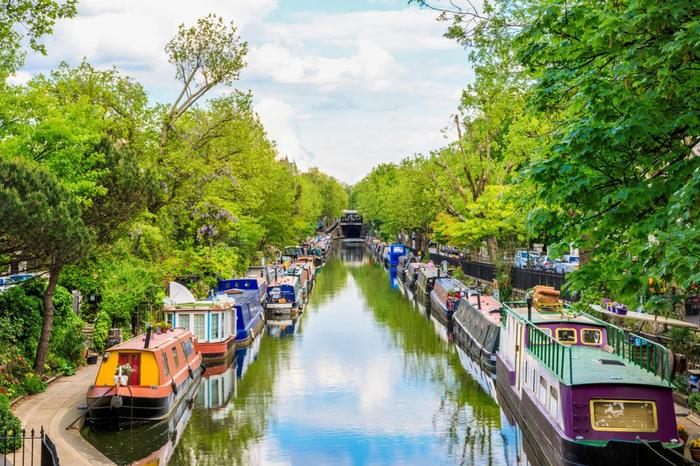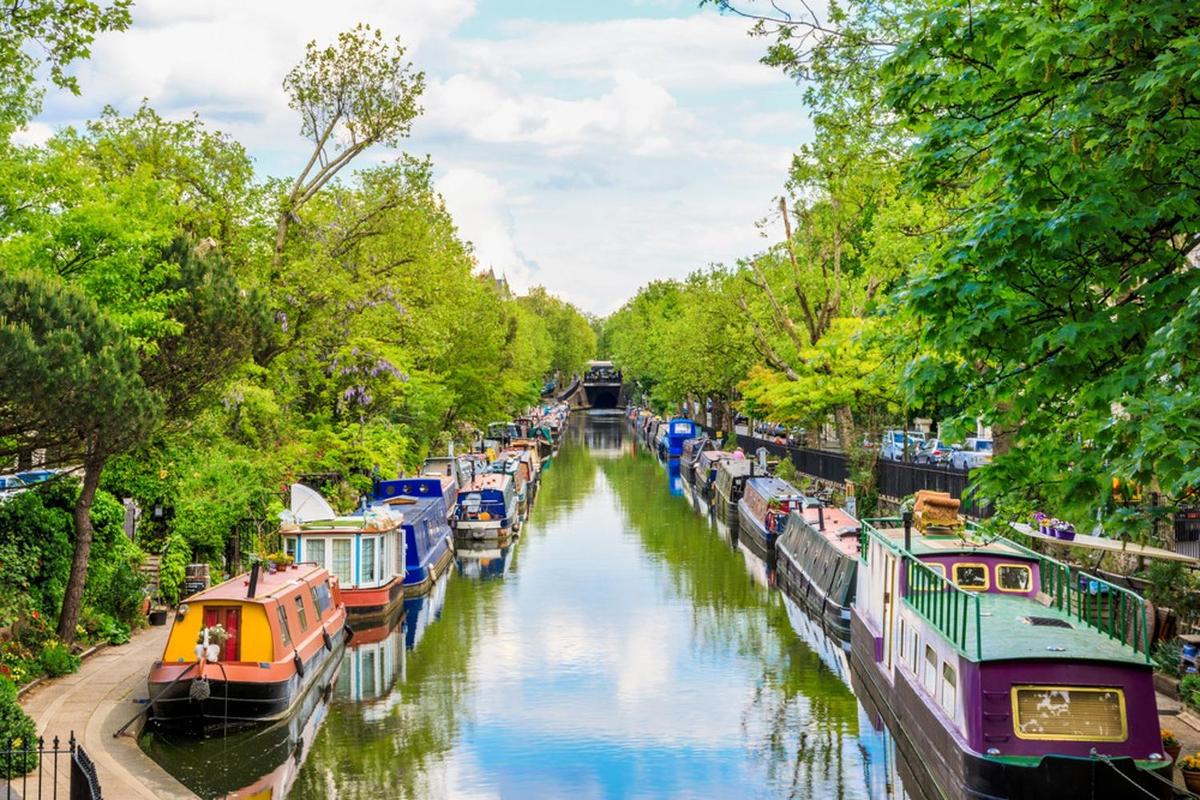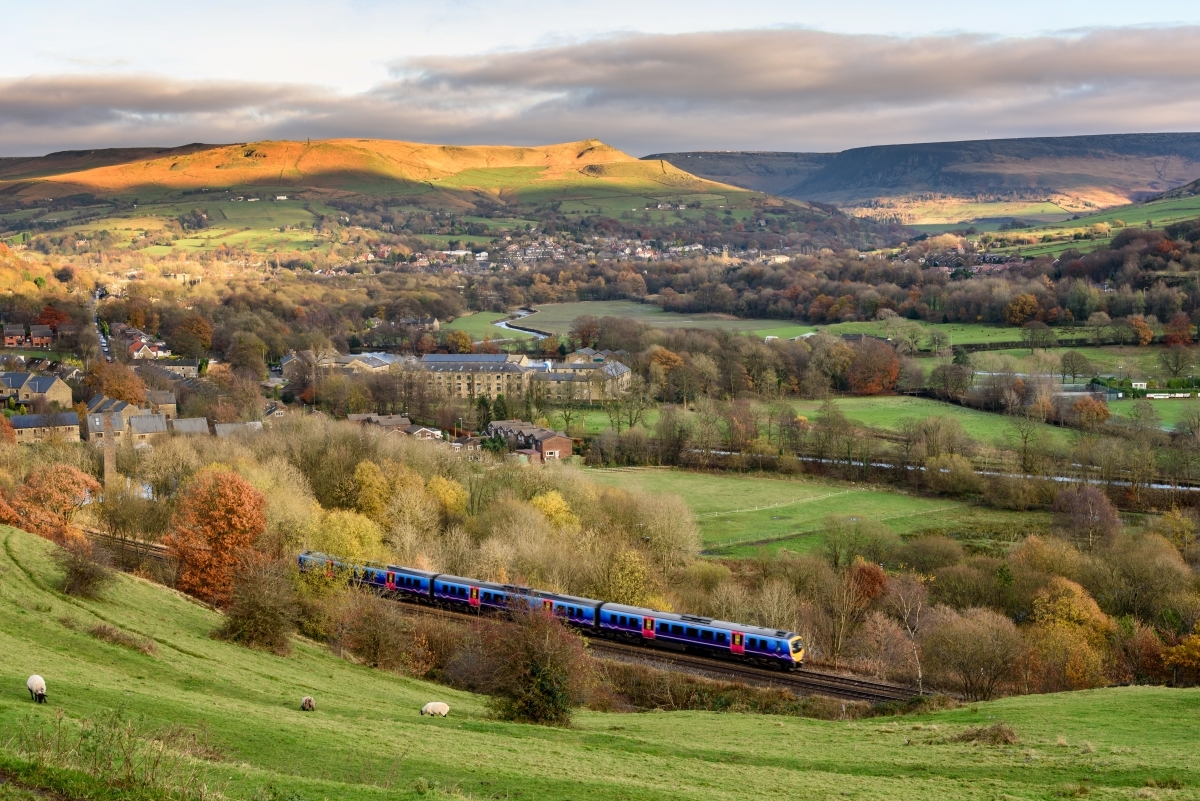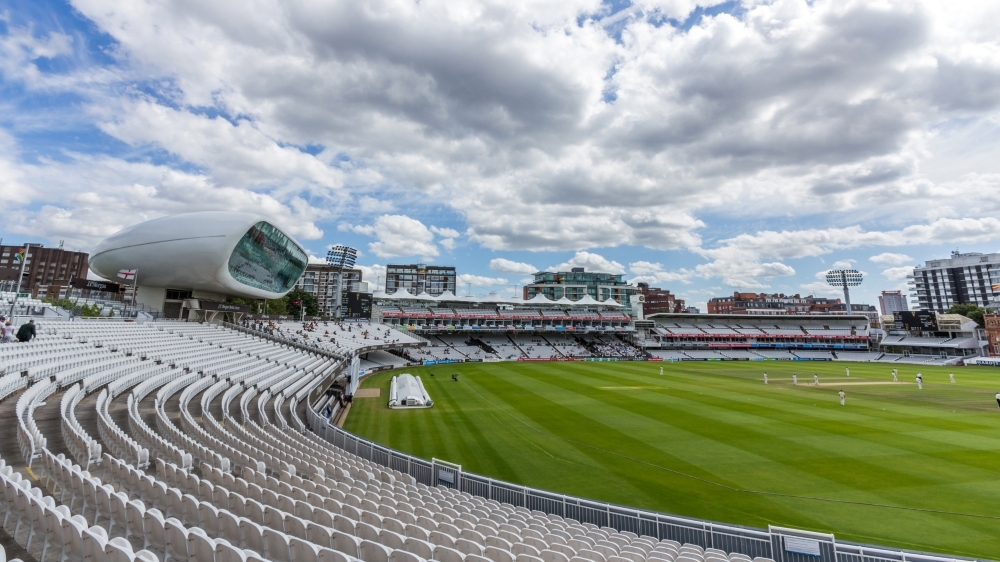Places to Walk in London
As a custodian of historical milestones, a site of seismic cultural revolutions, and the torchbearer of monarchy, London is full of profound tales. Every nook and cranny of London guards whispers of the bygone and traces of a rich history, testifying to the city’s magnetic allure.


The Best Walking Routes in London
From monuments to museums, and promenades to exultant forests, an exploration of the city would certainly furnish a kaleidoscope of wonders – especially on foot, there is immense potential to savour the splendour of London. Read on to discover some of the best places to walk in London.
1. South Bank Walkway
Located on the southern bank of the River Thames, South Bank is an entertainment district in London. A 6-kilometre-long strip of land along the river, famously known as the South Bank Walkway, offers arresting views of London’s prized waters and other heritage sites. Victorian lamp posts depicting marine animals, known as “dolphin lamp posts,” dot the path. Visitors can start at Tower Bridge and head westwards along the river – one is in for feastly views of London Bridge, the Tower of London (a castle dating back to the 10th century), and HMS Belfast (a Royal Navy vessel that served in the Second World War).
Turning eastward towards Tooley Street, walkers will pass by Hay’s Galleria, one of London’s major luxury shopping centres; the Shard, London’s iconic pyramid-shaped skyscraper; and the Borough Market, a marketplace filled with culinary delights and artisanal goods. Further along the bank lie icons such as Shakespeare’s Globe Theatre, the Tate Modern Museum, and The Golden Hinde. Trekking along this path will acquaint passers-by with countless marvels, such as Gabriel’s Wharf, a shopping centre; the National Theatre, the UK's premiere performing arts centre; and the Southbank Centre, a complex of performance venues. A brisk walk along the pavement from the Southbank Centre will lead to London Eye, Europe’s tallest cantilevered observation wheel.
Also Read: Best Walks in the Lake District
2. Battersea Park
A short walk in this south-west locale reveals underappreciated gems as well as prominent tourist essentials. Starting on the south side of
Battersea
Park, a walk through the Chelsea Bridge will lead to the
Chelsea
Embankment. The embankment hosts the famous Cheyne Walk, known for London’s posh residences and its riverside pavement with breathtaking views of people kayaking on the Thames.
At the end of the embankment lies the Albert Bridge, which tapers into Battersea Park’s greens. This bridge is particularly glorious at night, aglow in 4000W fairy lights. It is known as “the trembling lady,” as it is an old, shaky bridge. Upon entering Battersea Park, a walk along the promenade will acquaint visitors with the Peace Pagoda, London’s Buddhist Temple. The Nipponzan Myohoji Buddhist Order gifted the Pagoda to London’s people in the 1980s.
Also Read: Best Walks in Cornwall
3. Cox’s Walk in Sydenham Hill Wood
Typically, Sydenham is never on anyone’s London itinerary, notwithstanding its natural reserve’s rugged beauty. Home to more than 200 species of trees, plants, and rare fungi, in addition to bird species and mammals, Sydenham Hill Wood is part of the Great North Wood (formerly a lush common sprawling a large chunk of south-east London). Within this wood lies an oak tree-lined avenue, which is known as the Cox Walk.
Along the walk, visitors will not only behold the untamed beauty of the English wilderness but also stumble upon mysteries of the forest, such as a spooky Victorian folly and an old, disused railway track.
Also Read: Best Walks in Kent
4. The Jubilee Greenway
Established in 2012, the Jubilee Greenway is a 60-kilometre-long route linking the Olympic venues with various attractive guideposts, such as statues and waterways. The greenway encompasses most of London’s famous avenues and walkways – starting at Buckingham Palace, it links Green Park,
Hyde Park
, and
Kensington
Gardens located in the city’s west with Paddington Station and the Grand Union Canal at Little Venice located in the northwest.
From there, through the Regent’s Canal and Camden Town, the Greenway connects to Victoria Park in east London. The route continues further east, covering Woolwich and Greenwich. Finally, it enters the city’s centre by running through South Bank and Tower Bridge, ultimately circling back into St. James’s in the west. Enthusiastic tourists, marathon runners, and cyclists enjoy covering this ring which meanders through all the upscale ends of the city. Brimming with heritage sites, riverfront haunts, and cultural milestones, the Jubilee Greenway flaunts the best of London.
Also Read: Best Walks Outside London
5. Abney Park to Hackney Marshes
The Abney Park to Hackney Marshes walkway is part of a larger walking trail known as the Capital Walk, which is a 125-kilometre walk linking London’s green spaces and nature reserves. Abney Park to Hackney Marshes is a 5.2-kilometre stretch. Visitors will encounter the Clissold Park, an open green full of fine trees and a mediaeval manor house; the Hackney Brook; the Walthamstow Marshes, a biological “Site of Special Scientific Interest” with unique species of plants and animals; and the Abney Park Cemetery, one of London’s “Magnificent Seven Cemeteries.”.
Also Read: Hikes Near London
6. Parkland Walk
Tucked away in the verdant terrain of North London, Parkland Walk is a 5-kilometre path that connects Finsbury Park and Alexandra Palace along the course of an extinct railway line. The stretch covers Stroud Green, Crouch End, Highgate, and Muswell Hill. It bears the badge of “Metropolitan Importance for Nature Conservation,” besides being London’s longest natural reserve.
Starting at Finsbury Park Station, a walk through Stroud Green leads to the destroyed railway line, which was flourishing from the late 1860s until 1970. A stroll along the rusted track reveals a corridor astir with life, filled with nocturnal hedgehogs, butterflies, foxes, and deer. About 60 species of birds inhabit this region, besides frog ponds, cherry laurel, holm oak, and holly. The route is littered with antiquated bridge roads and signposts explaining the history, foliage, and wildlife of the region.
Also Read: Easy Walks in the Lake District
7. Little Venice to Camden Lock
A treasured stretch in north-west London, the route from Little Venice to Camden Lock is a tranquil sojourn along the Regent’s Canal. The trail path begins at the riverside of Little Venice, which is dotted with Regency stuccos and docked boats, and goes past the Warwick Avenue Bridge. A short hike past the gondolas, riverbound cafes, and street musicians will lead to the edge of Regent’s Park, a florid pleasure garden designed by John Nash in the early 19th century.
The royal park is fringed by the Regent’s Canal, which is bordered by lines of weeping willows and plush mansions. The famous “Blow Up Bridge,” which is a rebuilt version of a boat that exploded in 1874 owing to its gunpowder cargo, is one of the first fascinating sites visitors stumble upon. The London Zoo and a quirky Chinese boat restaurant are other fascinating sites beside the canal. The walk culminates in the bohemian Camden Town at the Hampstead Road Lock (colloquially known as Camden Lock), which is known for its eccentric marketplace. A bridge-like structure that connects the canal to Camden Lock is a sentimental spot for passersby – people write their names and those of their loved ones on locks and fasten them to the railings.
Also Read: Best Forests in the UK
8. Theatres Walk
London’s “Theatrical Walk,” encapsulating the city’s theatres, artistic history, and the West End’s splendour, is ideal for those with a flair for the dramatic. The theatre district covers
Soho
, Covent Garden, and Leicester Square. The walk begins at Leicester Square Station and takes on through St. Martin’s Lane, which is home to the English National Opera and the Coliseum Theatre. As one enters
Covent Garden
, they can acquaint themselves with the rear entrances to famous theatres, which were used by Queen Victoria to escape the throngs of the general populace.
Another major attraction along this walk is the Theatre Royal, London’s oldest theatre. The buzzing clubs of Soho and the gastronomic haven of China Town provide explorers with a great pitstop during the walk. Shaftesbury Avenue, home to theatres such as the Lyric, the Apollo, and the Globe, is another major milestone in the Theatres Walk. Finally, the route circles back to Leicester Square, which hosts the antiquated Old Empire Theatre.
Also Read: Best Walks in the Cotswolds
Traversing London is undoubtedly a humbling journey, filled with awe-inspiring grandness, quiet elegance, and the thrilling unexpected. Indeed, there is no shortage of stories to unravel in the city’s walkways. A wanderlust’s utopia, it’s time to gear up with your finest walking shoes and chart out your London expedition.



